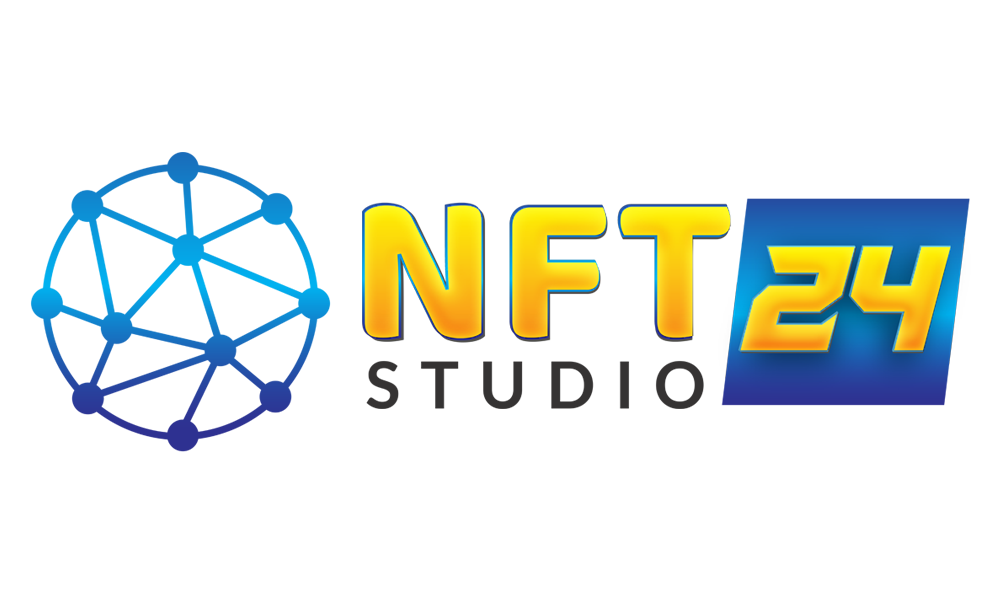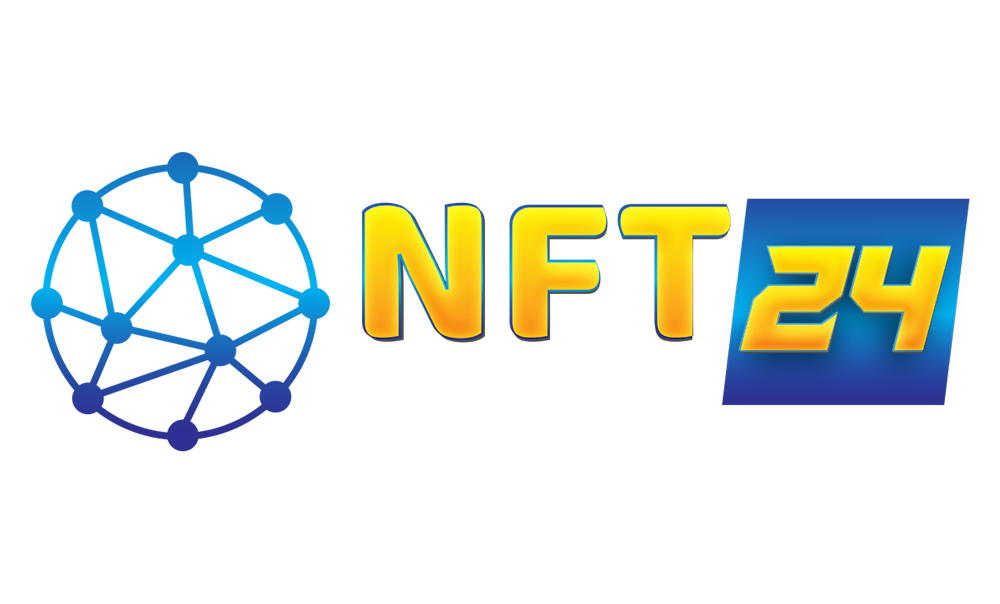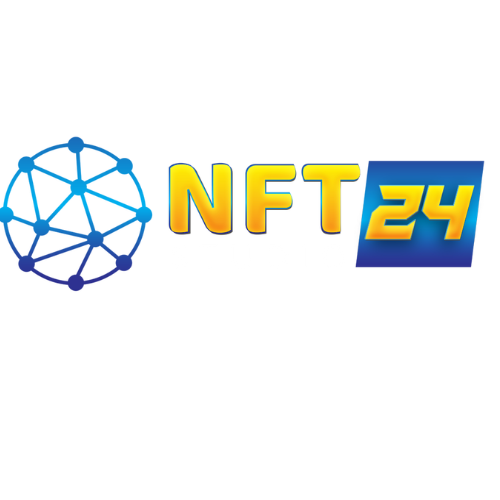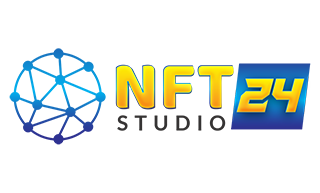Blockchain technology is becoming increasingly popular, with a growing number of
applications in various industries. However, one of the biggest challenges that
blockchain faces is the lack of interoperability between different blockchain networks.
Cross-Chain technology aims to solve this challenge by enabling seamless
communication and transactions between different blockchains.
In this blog, we will explore the concept of Cross-Chain in Blockchain, its benefits,
and why it matters for the future of blockchain technology.
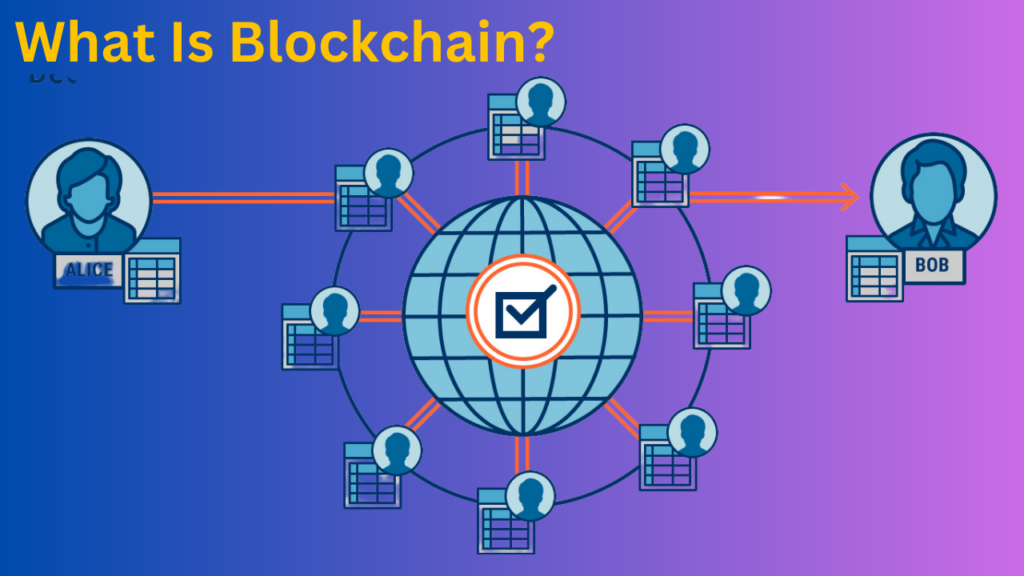
What Is Blockchain?
Blockchain is a distributed ledger technology that enables secure, transparent, and
tamper-proof transactions and data sharing between multiple parties without the
need for intermediaries. It is essentially a decentralized database that is maintained
by a network of computers, with each block in the chain containing a timestamped
record of transactions that are verified and validated by the network participants.
The decentralized nature of blockchain ensures that it is resistant to hacking or
tampering, as every participant in the network has a copy of the ledger, and any
changes or alterations made to a block must be approved by a consensus
mechanism agreed upon by the network participants. Blockchain has various
applications, including finance, supply chain management, healthcare, voting, and
more.
How Much Has It Evolved Over The Years?
Blockchain is a rapidly evolving technology, and over the years, it has seen several
developments and innovations that have expanded its scope and potential
applications. One of the most significant recent developments in blockchain is the
rise of decentralized finance (DeFi), which has grown to become one of the most
prominent use cases for blockchain technology.
DeFi refers to a set of financial applications and protocols built on top of blockchain
networks, which aim to enable decentralized and permissionless access to financial
services such as lending, borrowing, trading, and more. DeFi is built on smart
contracts, which are self-executing contracts that automatically execute when certain
conditions are met. These smart contracts enable automated and trustless
transactions between parties, without the need for intermediaries.
Another recent development in blockchain is the rise of non-fungible tokens (NFTs),
which are unique digital assets that are stored on blockchain networks. NFTs have
gained significant attention in recent months due to their potential use cases in art,
gaming, collectibles, and more. NFTs are built on blockchain technology, which
enables them to be verifiably scarce, immutable, and transferrable between parties.
Cross-Chain Technology
Cross-chain technology is a relatively new concept in the blockchain industry, but it is
becoming a primary subject of debate as a solution to improve blockchain
interoperability. Blockchain networks such as Ripple, Bitcoin, and Ethereum have
seen increased usage, which is a positive development for the industry.
However, this has created a slew of problems, including economic and technological
scaling constraints. Most blockchain networks operate in segregated ecosystems to
meet specific requirements, which can prevent individuals from fully reaping the
benefits of distributed ledger technology.
Cross-chain technology aims to address these issues by providing interoperability
across blockchain networks, allowing them to interact and exchange information
more easily. A cross-chain is the ability of two relatively independent blockchains to
communicate with each other, and it enables blockchains to communicate with one
another despite their different technical specifications, consensus mechanisms, and
functionalities.
Cross-Chain Bridges:
Blockchains are decentralized databases that maintain an immutable ledger of all
transactions on a specific blockchain network. Although there are numerous
advantages to using blockchains, they are typically isolated systems that do not
interact with other blockchain networks. Cross-chain bridges provide a solution for
interactions between different blockchain networks.
To comprehend the concept of cross-chain bridges, let’s consider some of the
leading cryptocurrency blockchains. Ethereum is a well-known smart-contract
network that supports cross-chain bridges, NFTs, and other blockchain capabilities.
Are They Safe?
Cross-chain bridges, like any other technology, are not foolproof and carry certain
risks. However, the risks associated with cross-chain bridges can be mitigated
through proper design and security measures.
For example, some cross-chain bridges employ multi-signature wallets that require
multiple parties to sign off on transactions, adding an extra layer of security.
Additionally, some bridges use audited and verified smart contracts, which reduces
the risk of vulnerabilities and exploits.
It is important to note that cross-chain bridges are still a relatively new technology
and are constantly evolving. As such, it is essential to conduct due diligence and
research the particular cross-chain bridge’s security measures and reputation before
using it. It is also advisable to only use reputable and well-established cross-chain
bridges to minimize the risks associated with interoperability.
Recently…
Hackers often target cross-chain bridges, which can be very profitable. In February
2022, the cross-chain bridge platform Wormhole experienced one of the most
significant attacks when hackers stole around 120,000 wrapped Ethereum tokens
valued at approximately $320 million. Similarly, BNB Chain, also known as Binance
Smart Chain, was targeted by hackers in October 2022, resulting in an estimated
loss of $570 million. According to Chainalysis, a vendor that analyzes blockchain
bridges, around 69% of cryptocurrency funds stolen in 2022 can be traced back to
cross-chain bridge attacks.
Cross-Chain In Blockchain:
Cross-chain in blockchain refers to the ability of different blockchain networks to
communicate and exchange data with each other. In other words, cross-chain
technology allows for seamless interoperability between different blockchain
networks, which are often designed with different technical specifications, consensus
mechanisms, and functionalities.
Cross-chain technology is essential for enabling the exchange of digital assets, such
as cryptocurrencies, between different blockchain networks, as well as for enabling
the development of more complex decentralized applications (DApps) that require
access to multiple blockchain networks.
Cross-chain technology can be achieved through various methods, such as:
Sidechains: Sidechains are independent blockchains that are connected to a
main blockchain network, which enables the transfer of digital assets between
the two networks.
Atomic swaps that allow for peer-to-peer trading of digital assets between
different blockchain networks without the need for intermediaries.
Wrapped tokens are digital tokens that represent other digital assets on a
different blockchain network, which enables the transfer of digital assets
between different blockchain networks.
Cross-chain technology is a critical development in the blockchain industry, as it
enables greater interoperability and connectivity between different blockchain
networks, which can help drive innovation and growth in space. By enabling
seamless communication between different blockchain networks, cross-chain
technology can also help address some of the scalability and performance limitations
of individual blockchain networks, which can benefit the wider blockchain ecosystem.
Why Cross-Chain Matters in Blockchain?
Blockchain technology has revolutionized the way we store and transfer information
and assets. However, as more and more blockchain networks are developed, the
issue of interoperability arises. This is where cross-chain technology comes in.
- Cross-chain technology allows different blockchain networks to communicate
with each other and transfer assets and data between chains.
This means that assets held on one blockchain can be easily moved to another
blockchain, increasing their overall utility and value. Without cross-chain
compatibility, blockchain networks can become siloed and limit their potential impact.
- Cross-Chain technology also enables the development of decentralized
exchanges and other applications that require interaction between different
chains.
This is a crucial development for the blockchain industry, as it allows for seamless
integration between different networks and improves overall scalability.
- As blockchain adoption continues to grow, cross-chain technology will
become increasingly important for ensuring that different blockchain networks
can work together effectively.
This will improve the overall efficiency and effectiveness of blockchain technology
and help to unlock the full potential of this revolutionary technology.
Challenges Faced By Cross-Chain Systems:
- Security: One of the biggest challenges is ensuring the safety of cross-chain
systems. Different blockchains have different security protocols and
consensus mechanisms, and creating a secure bridge between them can be
challenging.
- Interoperability: Blockchains often use different programming languages,
innovative contract protocols, and consensus mechanisms. Ensuring
interoperability between these other systems can be a significant challenge.
- Complexity: Cross-chain systems often require coordination between
blockchain networks, nodes, and consensus mechanisms. This complexity
can make it challenging to develop and deploy cross-chain systems.
- Scalability: Cross-chain systems can face scalability issues requiring
coordination between blockchain networks. As blockchain networks and users
grow, cross-chain systems may need help to meet demand.
- Regulatory challenges: As cross-chain systems enable the transfer of
assets between different blockchain networks, they can create regulatory
challenges. Ensuring compliance with various regulations across other
jurisdictions can be a significant challenge for cross-chain systems.
- Adoption: One of the biggest challenges for cross-chain systems is adoption.
While technology can potentially transform the blockchain ecosystem, it may
take time for developers and users to embrace cross-chain approaches and
integrate them into their applications and platforms.
Importance Of Interoperability:
Interoperability is an absolutely crucial aspect of the blockchain industry. The
emergence of multiple blockchain networks means that communication and asset
transfer between them is of the utmost importance.
Cross-chain technology enables seamless communication and data transfer
between different blockchain networks, opening up brand new possibilities for asset
and data movement. Without cross-chain compatibility, blockchain networks can
become isolated from each other, seriously limiting their potential impact. Cross-
chain technology also facilitates the development of decentralized exchanges and
other applications that require interaction between different chains, boosting
scalability and overall integration between networks.
As the adoption of blockchain technology continues to rise, cross-chain technology
becomes more important than ever for effective collaboration between different
blockchain networks. Ultimately, interoperability is the key to unlocking the full
potential of blockchain technology, enhancing its efficiency and effectiveness.
How To Get Blockchain Interoperability?
Blockchain interoperability is often a challenge due to the lack of built-in features for
cross-chain communication in many layer-1 blockchains. However, various methods
are being employed to increase interoperability between different blockchain
networks:
- Sidechains enable communication between two active blockchains, where
the mainchain and sidechain are two different blockchains. A cross-chain
communication protocol links the two chains, and each keeps an inventory of
assets. Sidechains function as a two-way peg, allowing for the transfer of
assets between the main chain and sidechain.
- Notary schemes rely on a trusted third-party notary, such as a network of
exchanges or a controlled exchange, to manage the lack of trust between the
two parties in a transaction. The notary’s integrity is crucial to the success of
the notary scheme.
- Oracles fill the informational gap between on-chain and off-chain settings in
the context of blockchain technology. Decentralized oracle services like
Chain-link ensure that off-chain data is fed to blockchain-enabled smart
contracts, guaranteeing that multiple ecosystems refer to a single source of
truth.
- Multiple blockchain networks can communicate with one another thanks to
blockchain routers. In the architecture of the blockchain router, various
blockchain networks, including Bitcoin, Ethereum, and others, are viewed as
terminal components known as sub-chains in the routing network.
- Hashed TimeLock Contracts (HTLC) are also used as blockchain
interoperability solutions to create smart contracts capable of modifying
payment channels. An HTLC implements time-bound transactions in crypto
space, allowing the recipient to receive funds only if they produce a
cryptographic proof of receipt of payment within a defined window.
Future Of Cross Chain In Blockchain:
The future of cross-chain in blockchain is very promising. With the increasing
adoption of blockchain technology in various industries and the growing number of
blockchain networks, the need for interoperability between these networks is
becoming more and more critical.
As more and more blockchain networks come into existence, standardization efforts
will be necessary to ensure seamless communication and asset transfer between
these networks. The creation of universal standards will also improve the ease of
adoption of cross-chain solutions.
As cross-chain technology continues to evolve, new use cases for blockchain
technology may emerge. For example, cross-chain solutions could be used to enable
the transfer of assets across different blockchains, making it easier for investors to
diversify their portfolios.
Additionally, cross-chain technology could be used to create new financial
instruments and investment opportunities, further expanding the use cases for
blockchain technology.
